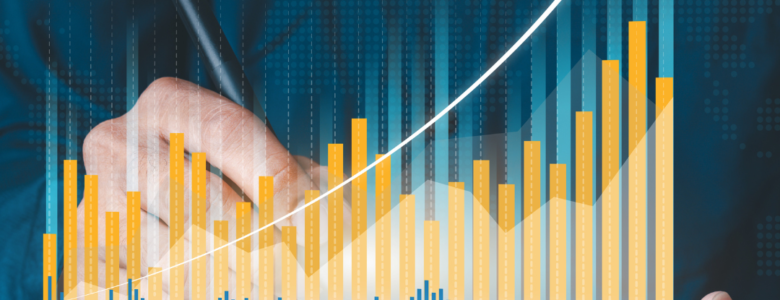Reverse mortgages have become a popular financial tool for retirees seeking to tap into their home equity. However, like any financial product, they are subject to fluctuations in delinquency rates. Let’s delve into when reverse mortgage delinquency rates reached their peak and what factors contributed to this trend.
Reverse mortgage delinquency rates peaked in the aftermath of the 2008 financial crisis. The housing market collapse and subsequent economic downturn had a significant impact on the mortgage industry as a whole, including reverse mortgages.
During this period, many retirees faced financial challenges, such as job loss, reduced home values, and shrinking retirement savings. These factors contributed to an increase in reverse mortgage delinquencies as borrowers struggled to meet their financial obligations.
Additionally, regulatory changes and stricter lending standards implemented in response to the financial crisis may have also played a role in the rise of delinquency rates. These changes aimed to enhance consumer protections and mitigate default risks but may have inadvertently made it more difficult for some borrowers to qualify for reverse mortgages.
However, it’s essential to note that reverse mortgage delinquency rates have since declined as the economy recovered and housing market conditions improved. Lenders have also implemented measures to mitigate delinquencies, such as financial assessments and mandatory counseling sessions for borrowers.
Today, reverse mortgage delinquency rates remain relatively low compared to their peak during the financial crisis. However, borrowers and lenders alike must remain vigilant, especially in times of economic uncertainty, to ensure responsible borrowing and lending practices.








